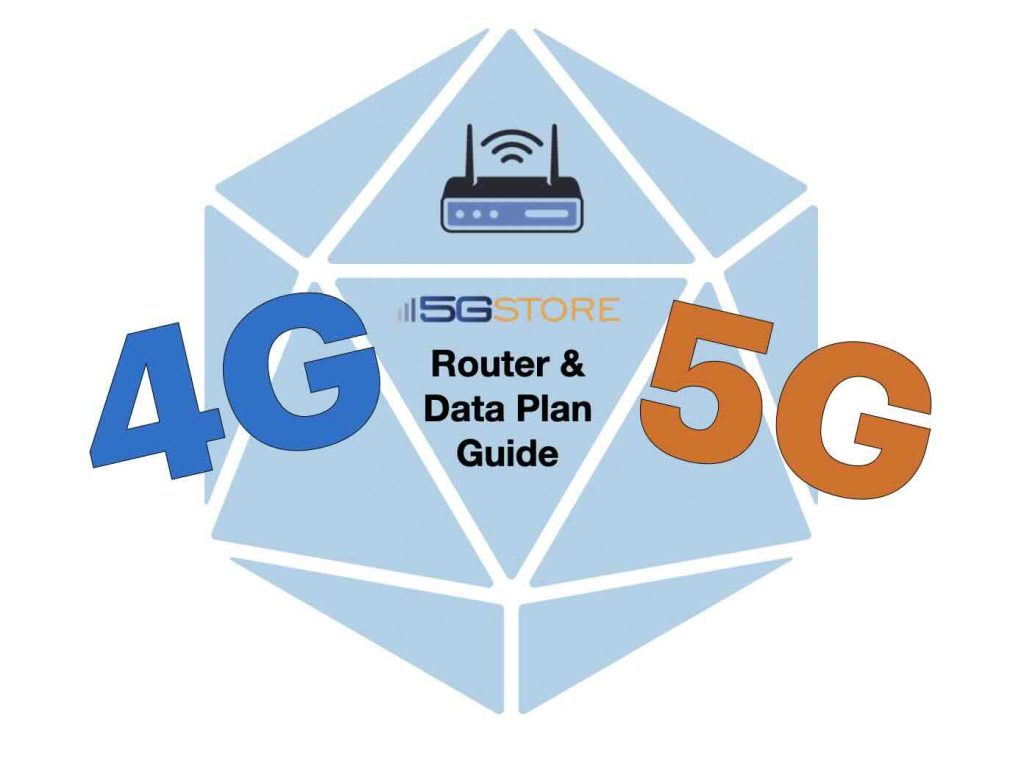There’s no doubt that the demand for fast and reliable internet continues to rise. Many individuals and businesses are turning to 5G data plans and routers as a viable alternative to traditional wired and satellite services. Whether for primary internet access or failover solutions, 4G and 5G routers provide flexibility, mobility, and strong connectivity. In […]
Tag: data plan
What Type of SIM Card Should You Use with Your 4G or 5G Router?
When setting up a 4G or 5G router, one key component to consider is the type of SIM card you’ll need. You might be able to utilize an eSIM with some devices, but most will require a physical SIM card. These cards come in various sizes and types, and selecting the right one is the […]
Cutting the Cable – Switching from Cable Internet to Cellular 5G
90 Days in: An Update After about 90 days of living off 5G Internet service, I am more than pleased with the experience. Have I had any issues? I’d be lying if I said no, but thankfully they’ve been minor. Things like buffering video and choppy audio on voice over IP (VoIP) calls. Regardless of […]
What Service Plans is Starlink Offering?
In the world of internet connectivity, Starlink has been shaking things up. The satellite internet service from SpaceX makes headlines for its innovative technology that promises to bring fast and reliable internet access to even the most remote parts of the world. Now, Starlink is offering new service plans that cater to both fixed and […]
What Data Plans are Available at 5Gstore?
Are you looking for an affordable cellular data plan for your failover or primary Internet service? 5Gstore.com is currently offering 4 different data plans, all with one of the nation’s biggest cellular providers, Verizon Wireless. These data plans will accommodate users needing either 4G LTE or 5G service. Here’s a breakdown of each plan: You […]
How to Find a Cellular Failover Solution for Home Office/ Remote Work
When it comes to failover Internet connections, any type of Internet service can be used to backup another. However, due to the reliability of a cellular Internet connection, this is typically the recommended service type. Since the service comes through wirelessly from cell towers, it is less prone to service outages. Unlike wired services, which […]
How Can I Get 5G Service in My Car?
If you’ve been looking for information on how to connect your car to 5G service, look no further! T-Mobile has announced that they will be offering a postpaid plan with unlimited voice, 5G and Wi-Fi hotspot data for select 2022 BMW vehicles. T-Mobile calls their new connected car plan, Magenta Drive for BMW. It will […]
AT&T Offers New Unlimited Data Plans and Discounts, Only at Walmart
AT&T is now offering a new data plan, as well as discounts on existing plans and new phones. The new data plan, called “Unlimited Max,” is a prepaid plan that is available only at Walmart. It comes with unlimited high-speed 5G data, available HD streaming, unlimited talk and text, unlimited text from the U.S. to […]


